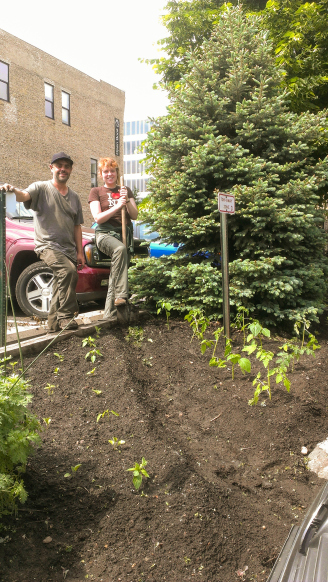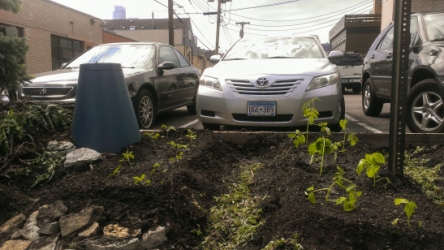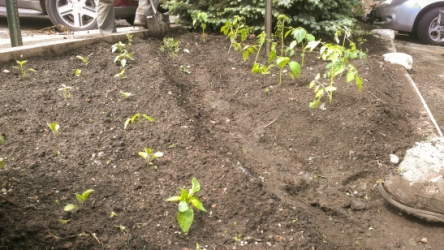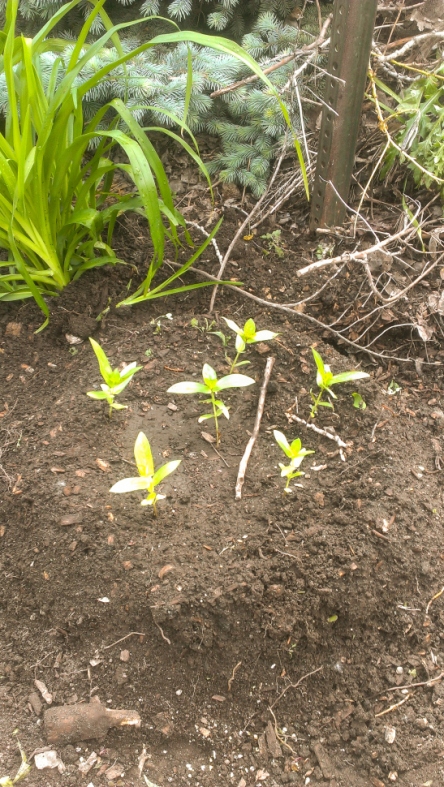It’s not every day that you see a hotel using solar panels and trying to do something different with their water resources. However, hotels and other tourism businesses are really working towards a brighter future by making eco-conscious decisions. For many of these businesses, choosing environmentally friendly and socially aware practices began as a way to reach out to the community and also save on energy. There are a few initiatives around the world that should also be honored for helping to change attitudes towards energy conservation.
What are the latest innovative products, services and ideas for a sustainable future? The Eco-Innovation Europe initiative has been establishing the latest technology for an environmentally aware future by helping businesses and industry see the benefits of these products. The initiative helps the EU strengthen its goals for a more resource efficient future, and it also provides ways for businesses to better use their resources. In addition, the initiative focuses on the development of new products, services, techniques and programs specifically for reducing CO2 emissions and promoting waste reduction. The initiative has five main purposes however, which are: materials recycling and recycling processes, sustainable building products, food and drinks, water efficiency and treatment, and green business.
It’s clear that the major cause of pollution is the emission of carbon dioxide into the atmosphere, which contributes to greenhouse gases. Automobiles, trucks, airplanes and many other vehicles are a main problem for the environment. As a result, the ESRI is partnering up with NAVTEQ and the City of San Francisco to take part in the Clinton Global Initiative. With this, they are changing the way that buses operate, using more efficient maps and route planning, as well as helping to fix road closures, construction and lessen traffic incidents.
You often see hotels displaying that they are “eco-friendly,” but to many, that simply means that they use recycled products. While this is a great step, there are certainly other things that hotels can change to be more eco-friendly. The Ritz-Carlton in North Carolina certainly thinks so. By installing low flow toilets and showerheads, they were able to better use resources and cut down on energy spending. The hotel also built an extensive rooftop garden that is home to a beehive with over 60,000 bees. This will help to pollinate the local area as well as provide fresh honey for the chef’s kitchen.
Recently, the Las Vegas Palazzo Hotel and Resort was named the “Most Eco-Friendly Hotel in America.” Many hotels can learn from how this one resort changed the way that it used energy and water. By installing self-sustaining water processes, reusing waste and using solar panels for heat, the hotel became a model of environmentally consciousness for other green Las Vegas hotels. That’s one of the reasons the hotel has grown in popularity over the past year. It is important that this trend continues and other business embrace green programs and practices.









